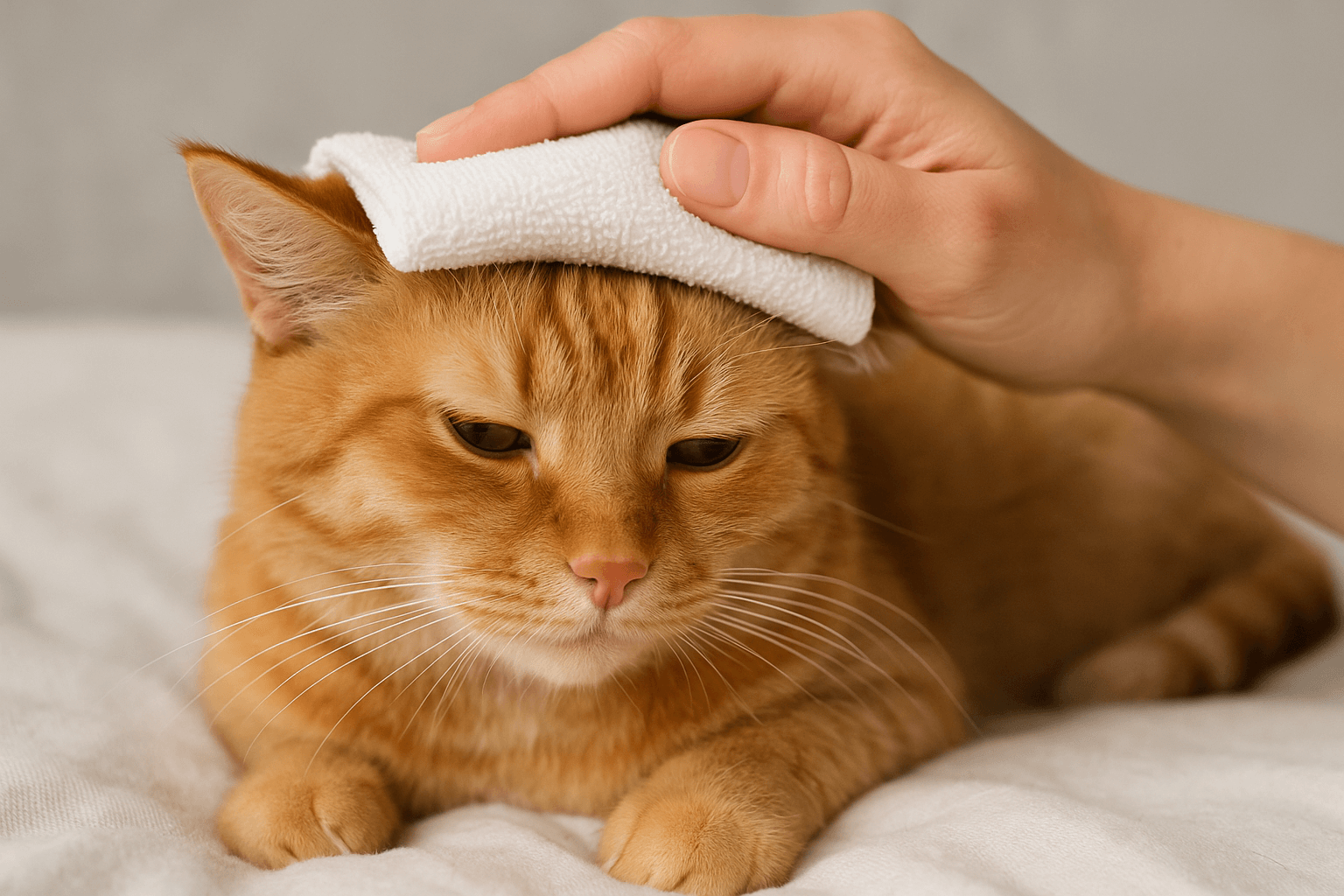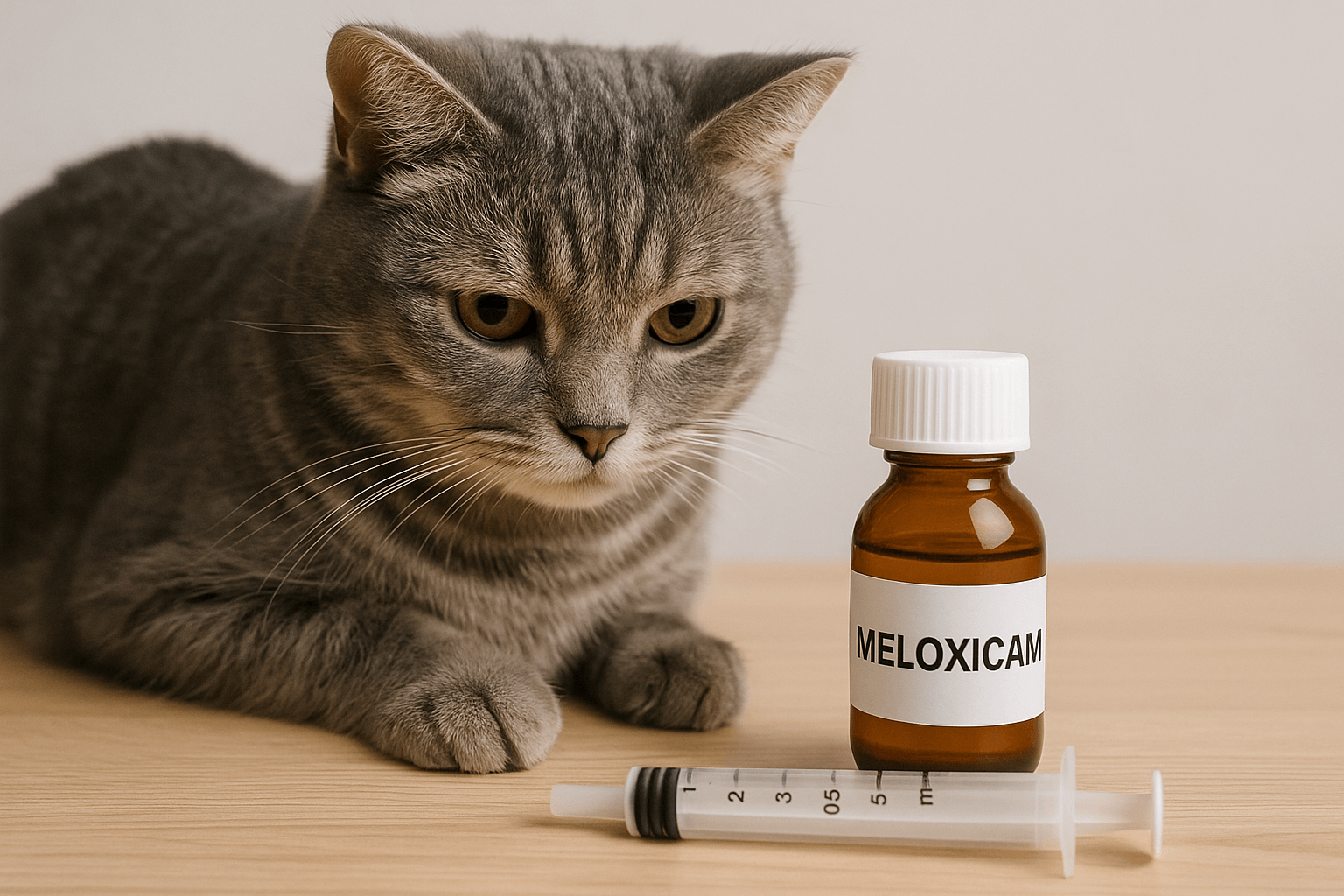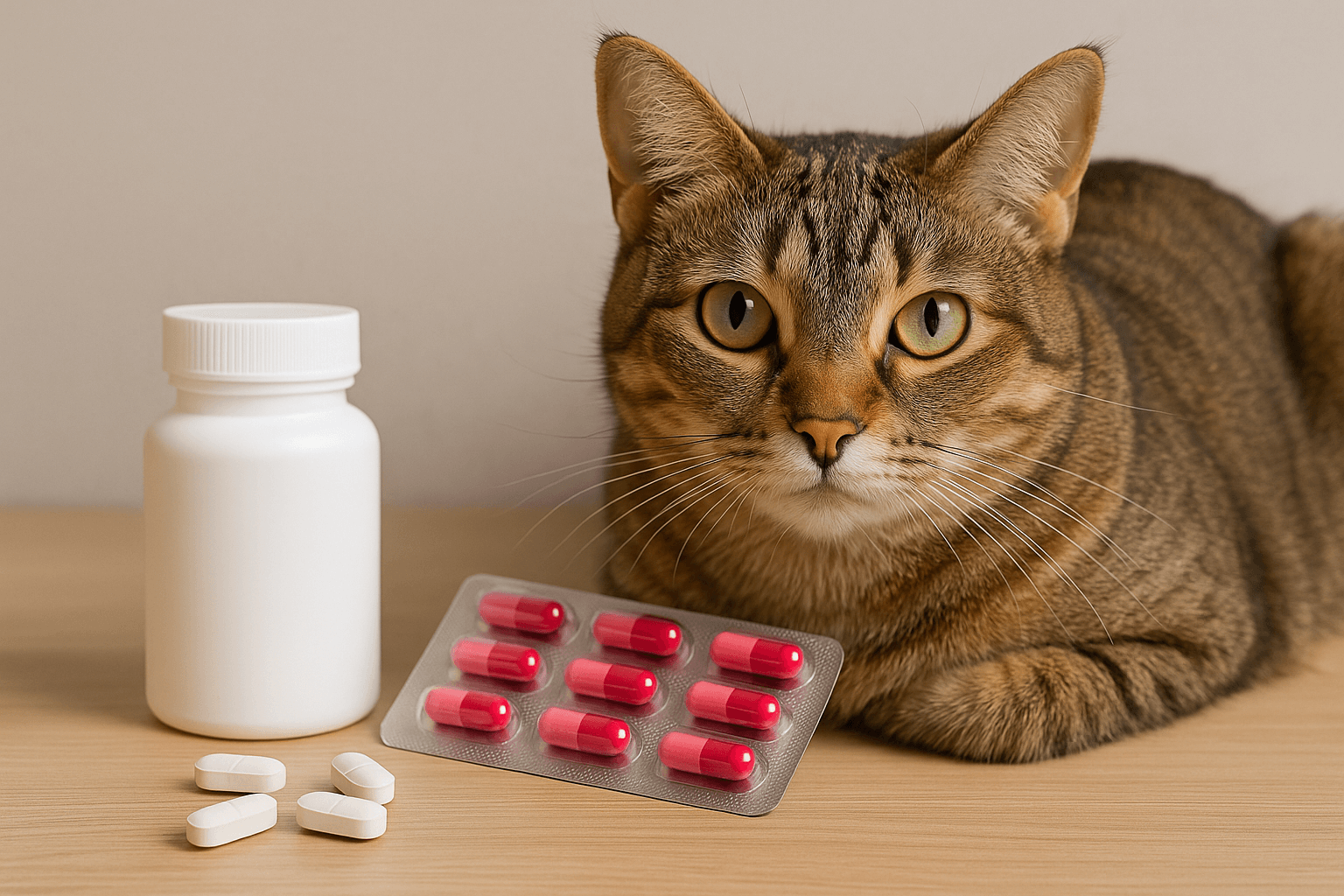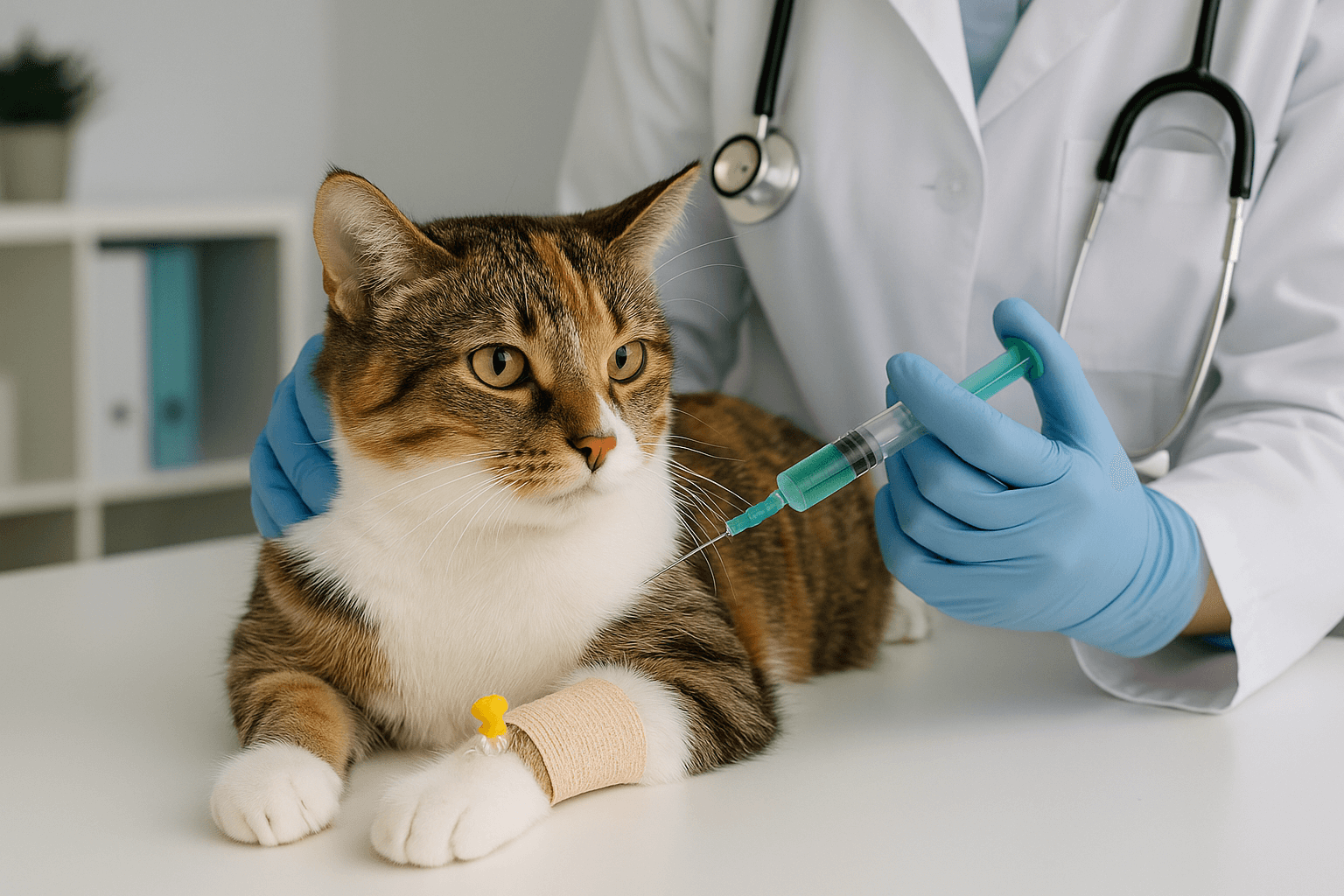Can Cats Eat Watercress?
When it comes to feeding our feline friends, many pet owners wonder whether vegetables like watercress are safe for cats. Watercress, a nutrient-rich leafy green known for its health benefits in humans, might seem like a healthy snack option for your cat. But can cats eat watercress, and is it truly beneficial for them? While cats are obligate carnivores, meaning their primary diet should consist of meat, some greens can be introduced in moderation. In this blog post, we’ll explore whether watercress is safe for cats, its potential benefits, and precautions you should take before offering it to your furry friend.
Is Watercress Safe for Cats?
Before adding watercress to your cat’s diet, it’s important to understand whether it poses any risks or benefits. Here’s what you need to know about feeding watercress to your cat.
Non-Toxic Nature:
Watercress is not toxic to cats, making it a relatively safe option if given in small amounts.Low-Calorie Snack:
With minimal calories, watercress won’t contribute to weight gain when fed sparingly.Potential Digestive Upset:
Some cats may experience mild stomach upset or diarrhea if they consume too much watercress.Rich in Nutrients:
Watercress contains vitamins A, C, and K, as well as calcium and antioxidants, which can support overall health in moderation.Not a Staple Food:
While safe, watercress should never replace a cat’s primary diet of high-quality protein-rich food.
In summary, watercress can be a safe occasional treat, but moderation and observation are key to ensuring your cat’s well-being.
Benefits of Feeding Watercress to Cats (in Moderation)
Although cats don’t require vegetables to thrive, watercress can offer some minor benefits when included as an occasional treat. Here’s how it might positively impact your cat’s health.
Supports Immune Health:
The vitamin C in watercress can help boost your cat’s immune system, keeping them healthier overall.Promotes Healthy Skin and Coat:
Vitamin A contributes to skin and coat health, potentially reducing dryness or irritation.Aids in Hydration:
Watercress has a high water content, which can help keep your cat hydrated, especially if they’re reluctant drinkers.Provides Antioxidants:
Antioxidants in watercress may help combat oxidative stress and reduce inflammation in your cat’s body.Encourages Variety in Diet:
Offering watercress occasionally can add variety to your cat’s diet, satisfying their curiosity about new textures and flavors.
While these benefits exist, it’s important to remember that watercress should only complement—not replace—a balanced carnivorous diet.
Check this guide 👉Can Cats Eat Coriander? Best 7 Expert Tips!
Check this guide 👉Can Cats Eat Fennel? Best 7 Expert Tips!
Check this guide 👉Can Cats Eat Marigolds? Best 7 Expert Tips!

Benefits of Watercress for Cats | Precautions When Feeding Watercress |
|---|---|
Rich in vitamins A, C, and K | Avoid overfeeding to prevent digestive issues |
Supports immune system | Ensure watercress is thoroughly washed |
Promotes hydration | Monitor for allergic reactions or sensitivities |
Provides antioxidants | Do not season or add salt to the watercress |
Adds dietary variety | Consult your vet before introducing new foods |
How to Safely Introduce Watercress to Your Cat
If you decide to give your cat watercress, it’s essential to introduce it carefully to avoid any adverse reactions. Follow these steps to ensure a smooth and safe experience.
Start with Small Amounts:
Offer just a tiny piece of watercress at first to see how your cat reacts.Wash Thoroughly:
Rinse the watercress under running water to remove dirt, pesticides, or contaminants.Serve Plain and Unseasoned:
Never add salt, spices, or dressings, as these can harm your cat’s digestive system.Monitor for Reactions:
Watch for signs of vomiting, diarrhea, or allergic reactions after feeding.Limit Frequency:
Watercress should only be an occasional treat, not a regular part of their diet.
By following these guidelines, you can safely incorporate watercress into your cat’s diet without compromising their health.
Signs Your Cat May Not Tolerate Watercress
Even though watercress is generally safe, not all cats will tolerate it well. Look out for these warning signs that indicate your cat may have difficulty digesting it.
Vomiting or Nausea:
If your cat vomits shortly after eating watercress, it could mean their stomach is sensitive to it.Diarrhea or Loose Stools:
Digestive upset is a common reaction to unfamiliar foods and signals you should stop feeding it.Loss of Appetite:
Refusal to eat their regular food after trying watercress may indicate discomfort or illness.Excessive Drooling:
Drooling can be a sign of nausea or irritation caused by consuming something unsuitable.Lethargy or Discomfort:
A sudden lack of energy or visible distress suggests your cat isn’t tolerating the new food well.
Recognizing these signs early allows you to act quickly and prevent further complications.
Common Mistakes to Avoid When Feeding Watercress
Feeding watercress to your cat requires attention to detail to avoid mistakes that could harm their health. Here are some pitfalls to watch out for.
Overfeeding:
Giving too much watercress can upset your cat’s stomach and disrupt their nutrient balance.Skipping the Wash:
Failing to wash watercress thoroughly can expose your cat to harmful pesticides or bacteria.Adding Seasonings:
Salt, pepper, or oils can irritate your cat’s digestive system and should always be avoided.Forcing Consumption:
If your cat doesn’t show interest in watercress, don’t force them to eat it—they may instinctively know it’s not right for them.Ignoring Allergic Reactions:
Overlooking signs of allergies or intolerance can lead to more serious health issues down the line.
Avoiding these mistakes ensures a safer and healthier experience for your cat.
Alternative Vegetables That Are Safe for Cats
If watercress doesn’t suit your cat’s palate or digestive system, there are plenty of other vegetables you can try instead.
Pumpkin:
Rich in fiber, plain canned pumpkin can aid digestion and relieve constipation or diarrhea.Spinach (in Moderation):
Packed with vitamins, spinach can be a healthy treat—but avoid it if your cat has kidney issues.Peas:
These small, soft veggies are easy to digest and often included in commercial cat foods.Carrots (Cooked):
Cooked carrots are low-calorie and rich in beta-carotene, supporting eye health when fed in moderation.Zucchini:
Soft and bland, zucchini is a safe option for cats who enjoy nibbling on vegetables.
These alternatives provide variety while catering to your cat’s unique tastes and dietary needs.
Understanding Your Cat’s Relationship with Greens
Cats’ interest in greens like watercress stems from their natural instincts, even though they don’t require plant-based nutrition. Understanding why they nibble on greens can help you decide whether to offer them.
Curiosity About New Textures:
Cats are naturally curious creatures and may explore greens simply because they’re intrigued by the texture.Digestive Aid:
Some cats chew on grass or greens to induce vomiting and clear hairballs or indigestible materials from their stomachs.Boredom or Playfulness:
Chewing on greens might be a form of entertainment or a way to alleviate boredom.Instinctual Behavior:
Wild ancestors of domestic cats occasionally consumed plant matter, likely to supplement their diet or cleanse their systems.Preference for Freshness:
Cats may prefer fresh, crisp greens over processed treats, mimicking their preference for live prey in the wild.
By recognizing these motivations, you can better cater to your cat’s preferences while ensuring their diet remains balanced and nutritious.
Frequently Asked Questions About Cats and Watercress
Can kittens eat watercress?
Kittens have delicate digestive systems, so it’s best to avoid giving them watercress until they’re older and fully developed.
How much watercress can I give my cat?
Limit it to a small nibble or two per week—watercress should never make up a significant portion of their diet.
What should I do if my cat eats too much watercress?
Contact your veterinarian immediately if your cat shows signs of digestive distress or other symptoms.
Can watercress replace cat grass?
While similar in texture, watercress isn’t a direct substitute for cat grass, which serves specific purposes like aiding digestion.
Are there safer vegetables for cats than watercress?
Yes, options like pumpkin, spinach (in moderation), and peas are often better tolerated by cats.
Feeding Watercress to Your Cat: Proceed with Care
While watercress is non-toxic and can provide minor nutritional benefits, it’s not a necessary or essential part of a cat’s diet. As obligate carnivores, cats rely on animal-based proteins to meet their dietary needs, and vegetables like watercress should only serve as occasional treats. By introducing watercress cautiously and monitoring your cat’s response, you can determine whether it’s a suitable addition to their menu. Always prioritize your cat’s health and consult your veterinarian before making significant changes to their diet. With careful consideration, you can ensure your feline friend stays happy, healthy, and nourished.
Cat Fever Treatment: Best 7 Expert Tips! Discover expert advice on identifying, managing, and treating fever in cats to ensure their quick recovery and well-being.
Understanding Meloxicam for Cats: Best 7 Expert Tips! Learn how to safely administer meloxicam, manage side effects, and ensure your cat's comfort with expert advice on feline pain relief.
Amoxicillin for Cat UTI: Best 7 Expert Tips! Discover safe usage, dosage guidelines, and expert advice on treating feline urinary tract infections effectively with amoxicillin.
Understanding Cat Cancer Treatment: Best 7 Expert Tips! Discover expert advice on managing feline cancer, from early detection to treatment options, ensuring your cat’s health and comfort.




